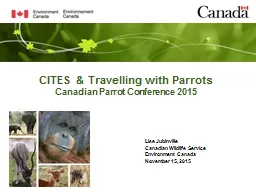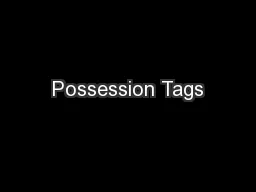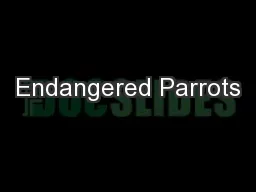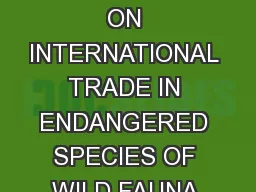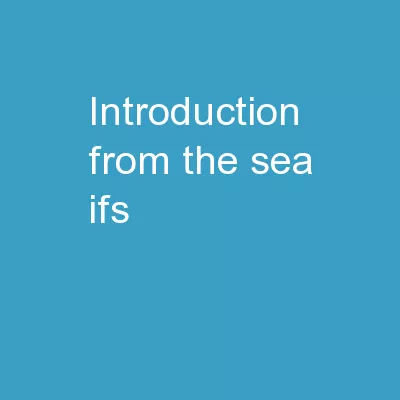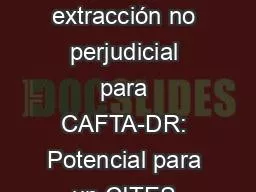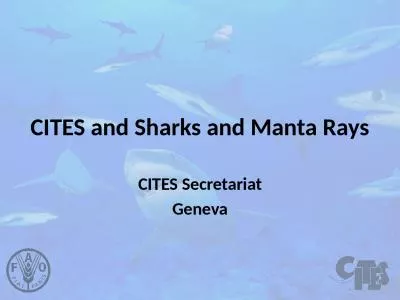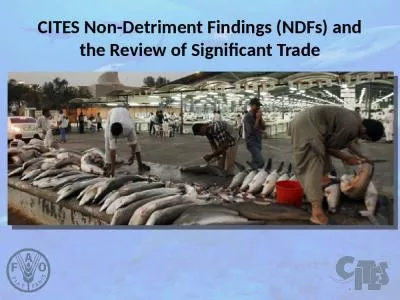PPT-CITES & Travelling with Parrots
Author : lindy-dunigan | Published Date : 2016-09-06
Canadian Parrot Conference 2015 Lise Jubinville Canadian Wildlife Service Environment Canada November 15 2015 Purpose Outline 1 2 3 4 What is CITES CITES C onvention
Presentation Embed Code
Download Presentation
Download Presentation The PPT/PDF document "CITES & Travelling with Parrots" is the property of its rightful owner. Permission is granted to download and print the materials on this website for personal, non-commercial use only, and to display it on your personal computer provided you do not modify the materials and that you retain all copyright notices contained in the materials. By downloading content from our website, you accept the terms of this agreement.
CITES & Travelling with Parrots: Transcript
Download Rules Of Document
"CITES & Travelling with Parrots"The content belongs to its owner. You may download and print it for personal use, without modification, and keep all copyright notices. By downloading, you agree to these terms.
Related Documents

